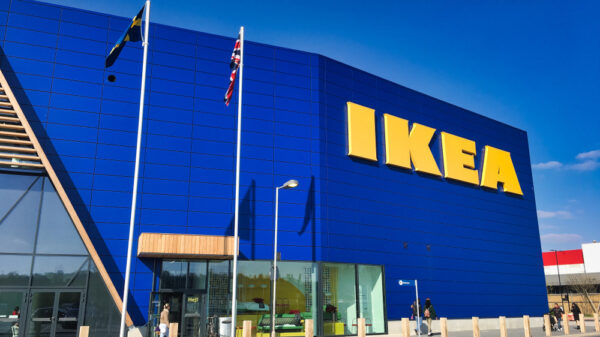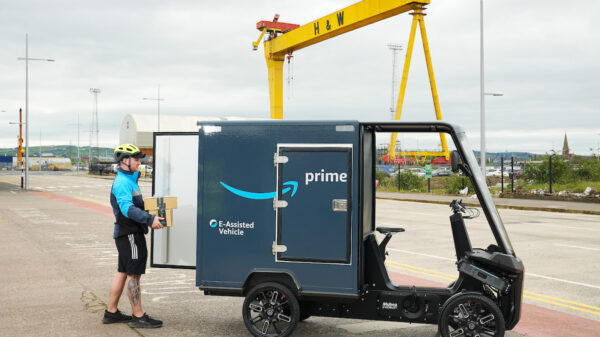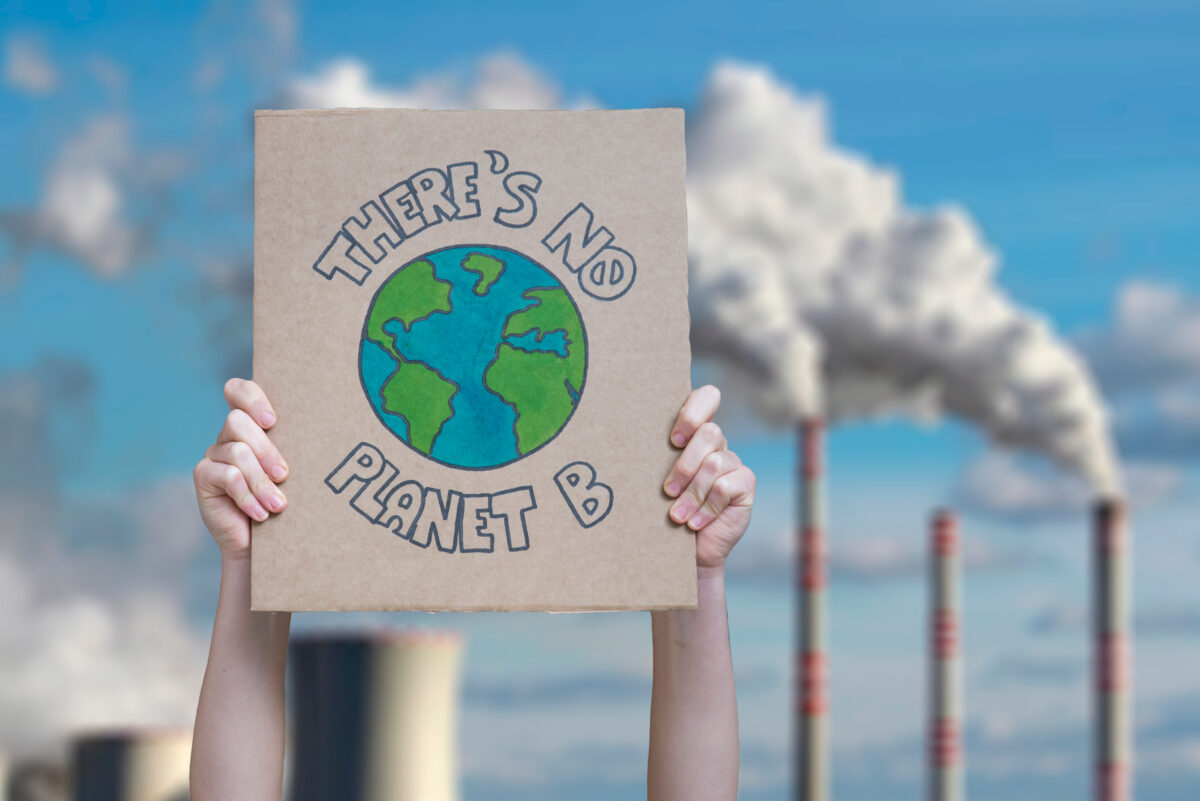Sustainable Development Goals (SDGs) are a collection of 17 global goals adopted by all UN member states. Designed to be a “blueprint to achieve a better and more sustainable future for all”, they span everything from achieving gender equality to eradicating poverty.
Of those SDGs, climate action is already top of mind for many – and was named as the number one concern for consumers in 2023, according to Kantar’s recent Sustainability Sector Index study.
Last year’s much-anticipated COP28 conference hosted by the United Arab Emirates – the eighth largest oil producer in the world – intensified the spotlight on the need to reduce carbon emissions from fossil fuel consumption. The primary result of this was a commitment to “transition away” from fossil fuels, marking significant progress on previous COP agreements.
However, this still fell short of the longstanding demand for a complete “phaseout” of oil, coal, and gas.
UN chief António Guterres emphasised that the phasing out of fossil fuels is inevitable, underscoring the need for businesses and governments to act urgently.
Yet, despite this urgent call for action, many industries are yet to make significant progress towards this goal. Data reveals that it’s not just the usual suspects like oil and gas or automotive sectors. Industries such as fast food, cleaning products, fashion and even toys and games are perceived by consumers to be faring poorly when it comes to the climate and sustainability challenge.
With this backdrop in mind, Kantar’s global head of sustainable transformation practice, Karine Trinquetel, sets out five key lessons for brands looking to lead the way on climate change.
Turning climate intention into action
While COP28 put global governments in the spotlight, it was also a moment where businesses spoke up about the need for action. In a letter coordinated by the We Mean Business Coalition, more than 200 companies, representing over $1.5 trillion in global annual revenue, urged governments to work with business to reduce emissions, adopt clean solutions, and reduce use of fossil fuels to limit global heating in line with the Paris Agreement’s ultimate goal of 1.5°C.
Given 90% of carbon emissions come from private enterprises, this was a welcome development.
However, while consumers have growing sustainability concerns, they aren’t seeing brands taking action. In fact, consumers think that governments (45%) and the general public (41%) are taking more significant action to tackle social and environmental issues than companies and brands (28%), indicating a disconnect between consumers’ and brands’ values.
Subscribe to Sustainability Beat for free
Sign up here to get the latest sustainability news sent straight to your inbox every day
As they look to transition to a more sustainable business model, it is crucial for brands to consider how they leverage their efforts to engage current and potential consumers. Moreover, understanding the public’s perception of brands, and specifically the sectors they operate in, is essential for determining the most effective strategies for connecting meaningfully with consumers and achieving sustainable brand growth.
The greenwashing paradox
Another troubling aspect of COP28 was the accusations of greenwashing levelled at officials and private entities, highlighting the challenges involved in leading the world of sustainability communications.
Despite the temptation for brands to under-communicate their sustainability efforts – a phenomenon referred to as greenhushing – it’s crucial for brands to overcome the assumption that they are “damned-if-they-do, damned-if-they-don’t”, and seize the opportunity to fill the sustainability leadership vacuum.
To help navigate the complex world of sustainability communications, here are five lessons brands can learn from COP28 to become sustainability leaders in their own right, while avoiding falling into greenwashing practices.
1. Know your starting point
The best place to start on the path to sustainability leadership is for brands to understand the key pain points in their own individual industries. Each will have different environmental factors and affect the climate in different ways.
For instance, the food industry has a big problem with plastic waste from packaging, whereas the fashion industry uses a lot of water in production. Brands must take stock of their own sustainability credentials and measure how they align with industry standards. From this vantage point brands can develop a strategic plan of action.
2. Lead with authenticity
Authenticity is key for avoiding accusations of greenwashing. Brands should focus on what matters rather than on actions that seem popular and are easy to publicise.
A considered approach needs to be taken, one that focuses on key issues which will set brands apart with a distinct drive and goal.
3. Build trust
As greenwashing practices are on the rise, so too is consumer mistrust. Consumers have become incredibly sceptical of brand ‘propaganda’; Kantar research finds that 67% of people say they worry brands are involved in social issues just for commercial reasons.
We can see this is something which governments are taking action on – see the recent EU ban of misleading greenwashing terminology for example. To become leaders in sustainable change, brands must work to ensure they build back consumer trust, with honesty being the best policy.
Brands need to avoid vague climate-friendly terms when it comes to sustainability initiatives and be transparent about the actual impacts of their actions. Sustainability is a broad, umbrella term, which includes the integrity of the manufacturing and value-chain process, human rights, and inclusivity.
For instance, reducing climate emissions doesn’t make a product sustainable, it simply makes it less polluting – a key difference that brands might conveniently gloss over.
Brands should use quantifiable metrics to demonstrate sustainability to not only help consumers understand how the brand is taking action against climate change but also to show how the brand is also helping its consumers to become more sustainable in the process – forming a partnership with the consumer that wins trust and loyalty.
4. Establish accountability
Accountability is vital to demonstrate a brand’s drive and sincerity when it comes to sustainability. Setting clear, measurable milestones allows brands to be held accountable and signals to consumers and other stakeholders that the brand is taking full responsibility for its climate operations.
Opening itself up to scrutiny and providing greater transparency also develops trust with consumers and demonstrates clear and measurable leadership.
5. Stay positive!
Optimism is integral to sustainable leadership. A brand must truly believe in the positive power of change. This includes internal buy-in across the whole business.
Brands need to encourage positivity, be clear in how they communicate progress towards achieving climate and sustainability milestones, support their customers to develop more sustainable habits, and set the pace for sustainability transformation within its industry.
The path to leadership is a journey not a race
Changing brand perceptions and developing sustainable practices take time. It is a journey. Brands cannot magically transform consumer perception overnight and go from a brand which is perceived to have sustainability challenges to a climate champion. There are complex and deeply embedded processes throughout the value chain that contribute to greenhouse emissions and pollution.
So, the answer is that brands must make change in incremental steps. By taking considered measures that are authentic and have accountability built in, brands will be able to build trust among consumers as they develop and grow along their sustainability and climate journey, organically creating a leadership role that lasts.















